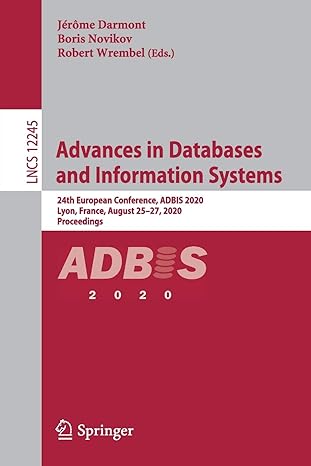Question
Fragmentation Sort the packet listing according to time again by clicking on the Time column. 10. Find the first ICMP Echo Request message that was
Fragmentation
Sort the packet listing according to time again by clicking on the Time column.
10. Find the first ICMP Echo Request message that was sent by your computer after you changed the Packet Size in pingplotter to be 2000. Has that message been fragmented across more than one IP datagram? [Note: if you find your packet has not been fragmented, you should download the zip file http://gaia.cs.umass.edu/wireshark-labs/wireshark-traces.zip and extract the ip-ethereal-trace-1packet trace. If your computer has an Ethernet interface, a packet size of 2000 should cause fragmentation. ]
11. Print out the first fragment of the fragmented IP datagram. What information in the IP header indicates that the datagram been fragmented? What information in the IP header indicates whether this is the first fragment versus a latter fragment? How long is this IP datagram?
12. Print out the second fragment of the fragmented IP datagram. What information in the IP header indicates that this is not the first datagram fragment? Are the more fragments? How can you tell?
13. What fields change in the IP header between the first and second fragment?
Now find the first ICMP Echo Request message that was sent by your computer after you changed the Packet Size in pingplotter to be 3500.
14. How many fragments were created from the original datagram?
15. What fields change in the IP header among the fragments?
Step by Step Solution
There are 3 Steps involved in it
Step: 1

Get Instant Access to Expert-Tailored Solutions
See step-by-step solutions with expert insights and AI powered tools for academic success
Step: 2

Step: 3

Ace Your Homework with AI
Get the answers you need in no time with our AI-driven, step-by-step assistance
Get Started


